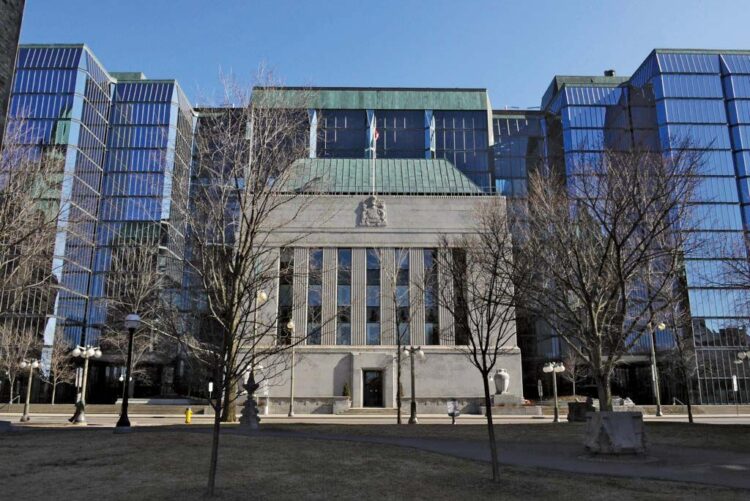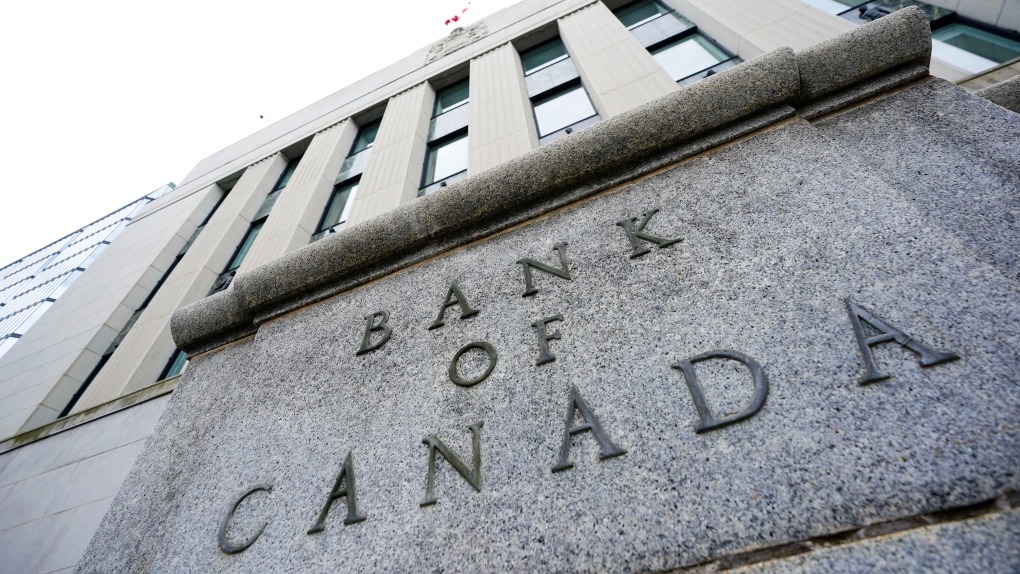The Bank of Canada is the central bank of Canada and plays a crucial role in the country’s economy. It operates under a mandate to promote the economic and financial well-being of Canada. Below, I will discuss the Bank of Canada in detail, covering its functions, organization, monetary policy, financial stability role, and research activities.
Definition of the Bank of Canada:

The Bank of Canada is the central bank of Canada, responsible for overseeing the country’s monetary system and financial stability. As the nation’s central bank, it holds a pivotal role in formulating and implementing monetary policy, regulating and supervising financial institutions, issuing and managing currency, and promoting a secure and efficient payment system. It operates independently from the government but collaborates closely with policymakers and other agencies to fulfill its mandate.
Establishment and Legal Framework:
The Bank of Canada was established in 1934 through the Bank of Canada Act, which granted it the authority and responsibilities to manage the monetary and banking systems of Canada. The Act outlines the Bank’s powers, governance structure, and the framework within which it operates. Amendments have been made to the Act over the years to adapt to evolving economic conditions and financial landscapes.
Objectives and Mandate:

The Bank of Canada has a dual mandate, which is laid out in the preamble of the Bank of Canada Act. Its primary objectives are:
1. Price Stability:
The Bank is responsible for promoting and maintaining a low and stable rate of inflation. It has adopted an inflation-targeting framework, which aims to keep the annual inflation rate within a specified target range. The current inflation target is 2 percent, with a range of 1 to 3 percent. This focus on price stability helps to anchor inflation expectations and provides a foundation for sustainable economic growth.
2. Economic Growth and Employment:
The Bank of Canada also aims to support the economic well-being of Canadians by fostering conditions for sustainable economic growth and promoting full employment. While price stability is the primary objective, the Bank considers the state of the economy, including factors such as output, employment, and financial stability, in its decision-making process to achieve its dual mandate.
The Bank of Canada’s mandate:
The Bank of Canada’s mandate includes other important responsibilities, such as promoting the efficiency and stability of the financial system, managing the government’s public debt, issuing and distributing currency, and acting as the lender of last resort to financial institutions. These functions collectively contribute to the overall stability and effectiveness of Canada’s monetary and financial systems.
The Bank of Canada carries out its mandate independently but is accountable to the government and the public. It reports to the Minister of Finance and regularly communicates its policies, decisions, and economic outlook to ensure transparency and accountability.
Functions of the Bank of Canada:

The Bank of Canada performs several key functions that are vital to the functioning of Canada’s economy. These functions can be broadly categorized into the following areas:
Monetary Policy:
- Role in Formulating Monetary Policy
- Tools and Mechanisms Used
- Targeting Inflation:
- Interest Rates and Open Market Operations:
Financial System Stability:
- Oversight of Financial Institutions:
- Regulation and Supervision:
- Financial Stability Reports:
Currency and Payment Systems:
- Issuing and Distributing Currency:
- Ensuring Smooth Payment Systems:
- Counterfeit Detection and Prevention:
Government Banking and Debt Management:
- Managing Government Accounts: The Bank acts as the government’s banker and provides banking services such as managing the government’s accounts, processing payments, and conducting financial transactions on behalf of the government.
- Issuing and Managing Government Debt: The Bank issues government debt securities, such as treasury bills and bonds, to fund the government’s borrowing needs. It manages the auction process and undertakes market operations to ensure the efficient functioning of the government debt market.
- Debt Auctions and Market Operations: The Bank conducts regular debt auctions to sell government securities to investors. It also participates in the secondary market to provide liquidity and support the efficient pricing and trading of government debt.
Reserves and International Financial Stability:

- Managing Foreign Exchange Reserves:
- Collaboration with International Organizations:
Organization of the Bank of Canada:
The Bank of Canada has a well-defined organizational structure that supports its various functions and responsibilities. The organization consists of the following key components:
Governor and Senior Leadership:
The Governor of the Bank of Canada is the chief executive officer and is responsible for the overall management and direction of the Bank. The Governor is appointed by the federal government and leads the monetary policy decision-making process. The Governor is supported by Deputy Governors who oversee specific areas of the Bank’s operations, such as monetary policy, financial stability, and operations.
Board of Directors:
The Bank of Canada’s Board of Directors provides oversight and guidance to the Bank’s activities. The Board is composed of the Governor, the Senior Deputy Governor, and a group of independent directors who bring diverse expertise and perspectives from various sectors of the economy. The Board meets regularly to discuss important policy issues and strategic decisions.
Departments and Divisions:
The Bank of Canada consists of several departments and divisions, each responsible for specific areas of operation. These departments work collaboratively to fulfill the Bank’s mandate and support its functions. Some of the key departments and divisions include:
The Bank of Canada’s organizational structure ensures effective coordination, collaboration, and expertise across different areas of its operations. This structure enables the Bank to fulfill its mandate and carry out its functions in a cohesive and efficient manner.
Conclusion:
In conclusion, the Bank of Canada serves as the central bank of Canada and plays a vital role in the country’s economy. With a clear mandate and well-defined functions, the Bank ensures the stability, efficiency, and resilience of Canada’s monetary and financial systems. Through its monetary policy, the Bank aims to maintain price stability and support economic growth and employment. It uses various tools and mechanisms to implement monetary policy, with a focus on inflation targeting.
The Bank of Canada also contributes to financial system stability by overseeing and regulating financial institutions, conducting stress tests, and publishing financial stability reports. It manages the issuance and distribution of currency, ensuring its integrity and security. Additionally, the Bank handles government banking services, including managing government accounts and issuing government debt securities.

